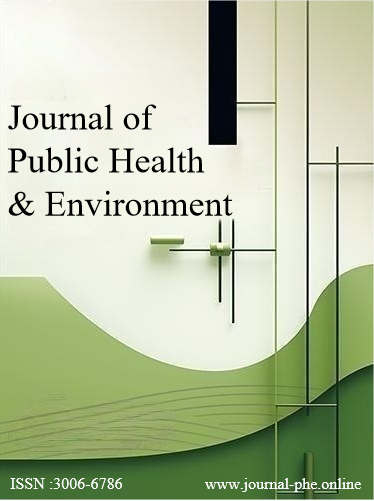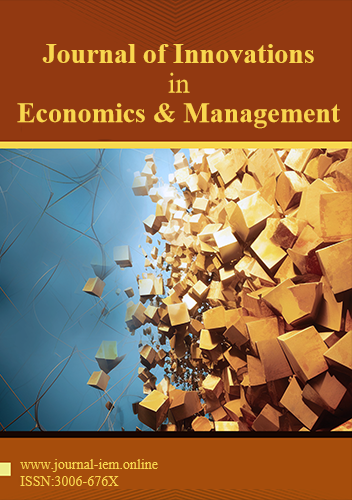 An open access journal
An open access journal
The Efficacy of Eye Movement Desensitization and Reprocessing (EMDR) Therapy for Posttraumatic Stress Disorder (PTSD) in Children and Adolescents: A Meta-Analysis of Randomized Controlled Trials
Abstract
Eye Movement Desensitization and Reprocessing (EMDR) therapy has emerged as a promising intervention for treating Posttraumatic Stress Disorder (PTSD) in children and adolescents. This meta-analysis of randomized controlled trials (RCTs) evaluates the efficacy of EMDR therapy in reducing PTSD symptoms and improving overall functioning in this population. Through a comprehensive review of the literature, the meta-analysis synthesizes effect sizes from RCTs assessing the effectiveness of EMDR therapy compared to control conditions (e.g., waitlist, supportive therapy) in targeting core symptoms of PTSD, including intrusive thoughts, avoidance behaviors, hyperarousal, and negative alterations in cognition and mood. Additionally, it examines potential moderators of treatment outcomes, such as intervention duration, session frequency, therapist expertise, and participant characteristics (e.g., age, type of trauma), to better understand the factors influencing the effectiveness of EMDR therapy for PTSD in children and adolescents.
Share and Cite
Article Metrics
References
- Diehle, J., et al. (2015). Efficacy of eye movement desensitization and reprocessing (EMDR) in children and adolescent with post-traumatic stress disorder: A meta-analysis. Clinical Psychology Review, 40, 109-122.
- Shapiro, F. (2018). Eye Movement Desensitization and Reprocessing: Basic Principles, Protocols, and Procedures. Guilford Press.
- Rodenburg, R., et al. (2009). Efficacy of EMDR in children: A meta-analysis. Clinical Psychology Review, 29(7), 599-606.
- Gillies, D., et al. (2012). Psychological therapies for children and adolescents exposed to trauma. Cochrane Database of Systematic Reviews, 12(12), CD006726.
- de Roos, C., et al. (2011). Eye Movement Desensitization and Reprocessing (EMDR) therapy in children and adolescents who have been sexually abused. Clinical Child Psychology and Psychiatry, 16(1), 47-75.
- Gilboa-Schechtman, E., et al. (2010). Exposure to repeated versus continuous trauma in children of mothers with PTSD: Differential effects on child PTSD, aggression, and adaptive functioning. American Journal of Orthopsychiatry, 80(4), 364-375.





